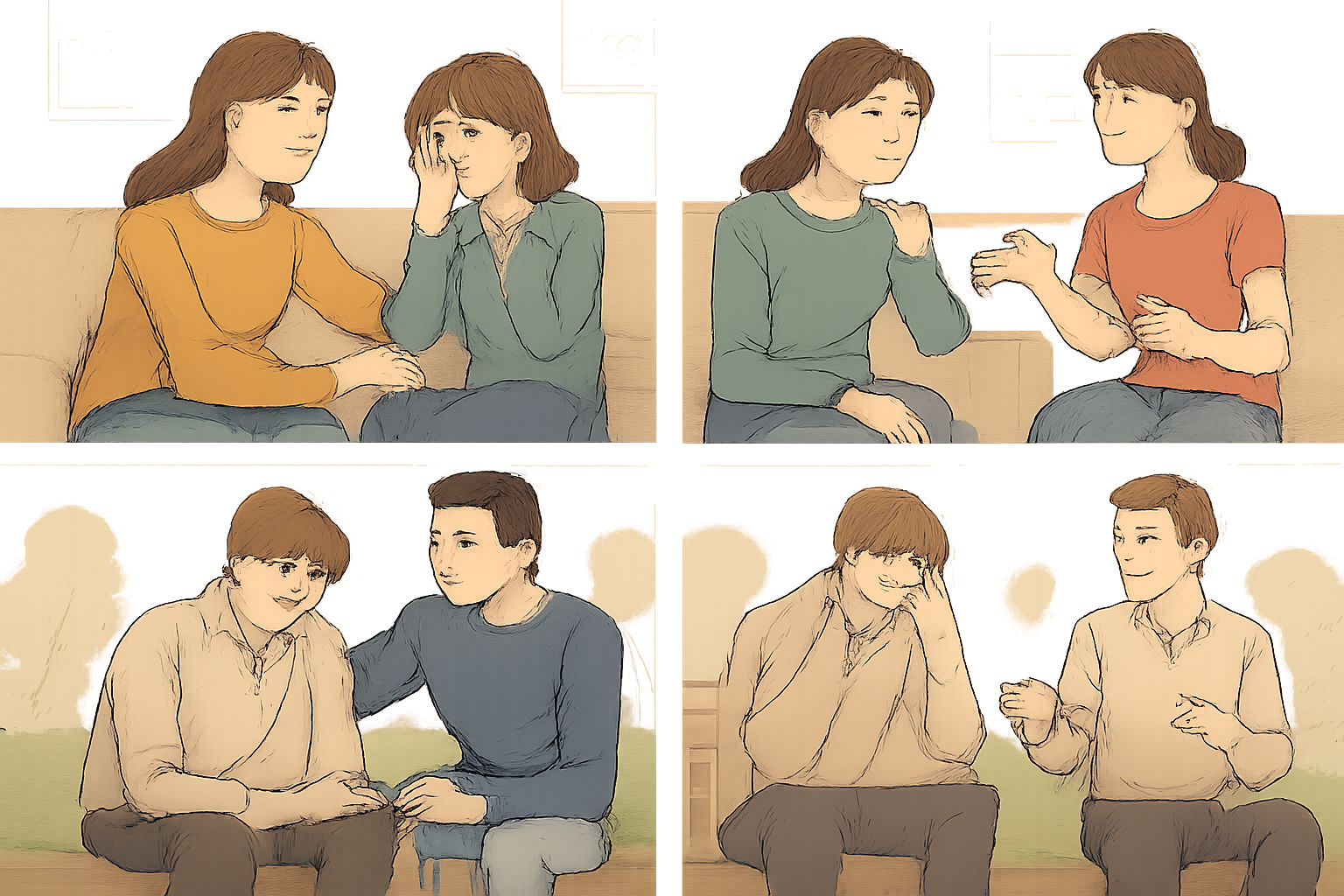which scenario best demonstrates empathy?
If you're trying to understand empathy, it helps to start with clear examples. Empathy is more than feeling sorry for someone—it's about understanding and sharing their feelings. But with so many everyday situations, it can be tough to spot genuine empathy in action. This article breaks down what empathy means, how it shows up in real life, and which scenario best demonstrates empathy in practice.
What is Empathy, Really?
Empathy means putting yourself in someone else's shoes. It’s not just listening, but making a genuine effort to understand another person's feelings or perspective. There are two common forms:
- Cognitive empathy: Recognizing what someone else is feeling or thinking.
- Emotional empathy: Actually feeling with someone—sharing in their emotions.
Empathy is essential in relationships, teamwork, and even leadership. It builds trust, defuses conflict, and improves communication.
Everyday Examples of Empathy
Let’s look at a few everyday scenarios:
Scenario 1:
Your colleague misses a deadline for an important project. Instead of getting frustrated, you ask, “Is there something going on that’s making this challenging for you?” You listen as they explain they’re caring for a sick family member, and you offer to help with part of the project.
Scenario 2:
A friend cancels plans at the last minute. You send a quick “No problem! We can reschedule,” then move on with your day.
Scenario 3:
You notice a classmate eating lunch alone. You sit with them and chat because you imagine they might be feeling left out.
Each of these situations involves some level of kindness, but which scenario best demonstrates empathy?
Breaking Down the Best Example
Scenario 1 stands out. Why? Because the response shows both understanding and action. Instead of just offering forgiveness or passing no judgment, you take time to learn what your colleague is experiencing. You listen, validate their concerns, and step in to help. That’s empathy in practice—connecting with someone’s feelings and showing support based on that understanding.
Scenario 2 is polite and nonjudgmental, but doesn’t involve stepping into the other person's perspective. Scenario 3 shows awareness but may lack the direct engagement needed for true empathy.
Why Empathy Matters
Demonstrating empathy can transform your relationships, workplace, and community. When you’re empathetic:
- People feel seen and understood.
- Trust grows.
- Conflicts are resolved more easily.
- Collaboration improves.
On the other hand, lack of empathy leads to misunderstandings and tension.
Practical Tips for Practicing Empathy
- Actively listen without interrupting.
- Ask open-ended questions (“How are you really doing?”)
- Imagine yourself in the other person’s situation.
- Reflect back what you’ve heard (“It sounds like you’re overwhelmed…”)
- Offer support when appropriate.
The Bottom Line
Empathy isn’t about always fixing things. It’s about connection. When you wonder “which scenario best demonstrates empathy,” look for the actions that combine understanding, feeling, and helpful responses. Choose genuine engagement over politeness alone. You’ll find empathy makes life and relationships a little easier for everyone.
Timothy R. Richmond, the skilled copywriter at MetaNow Gaming, is a driving force behind the diverse gaming content and community interaction on the platform. With a passion for storytelling in the gaming world, Timothy weaves narratives that resonate with the gaming community. His dedication to creating engaging and inclusive content makes MetaNow Gaming a vibrant hub for gamers seeking more than just news and reviews. Join Timothy on the journey at MetaNow Gaming, where his words contribute to a rich tapestry of diverse gaming experiences, fostering a sense of community and shared enthusiasm within the gaming universe.




